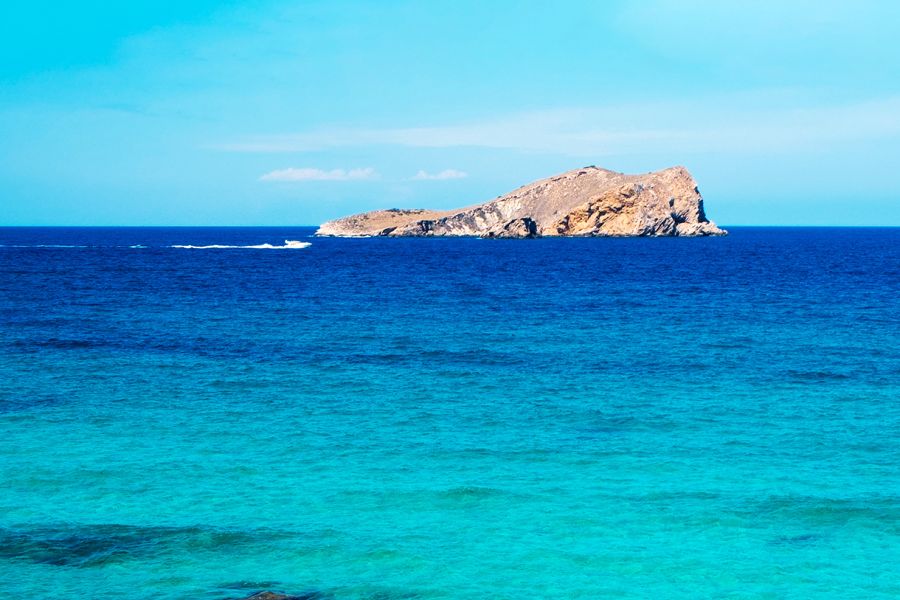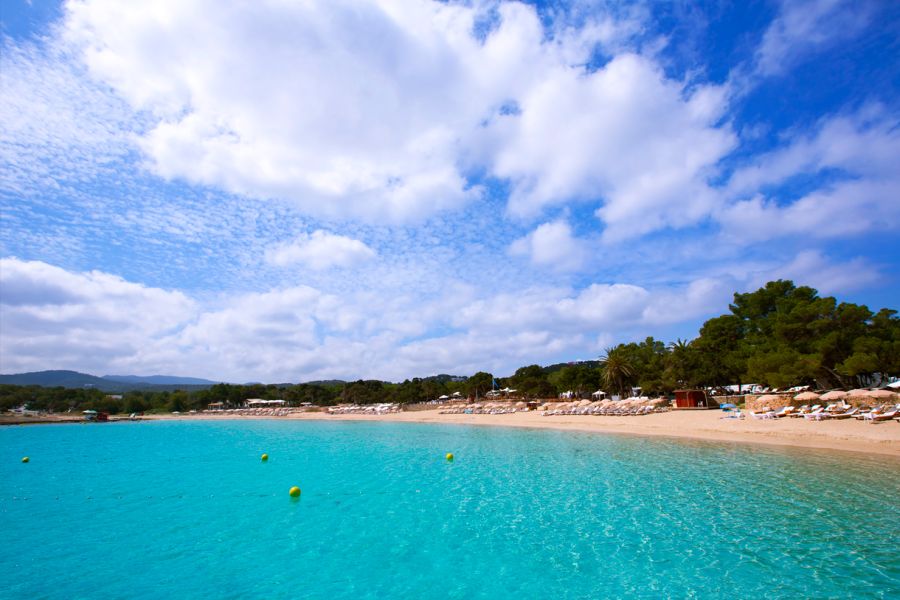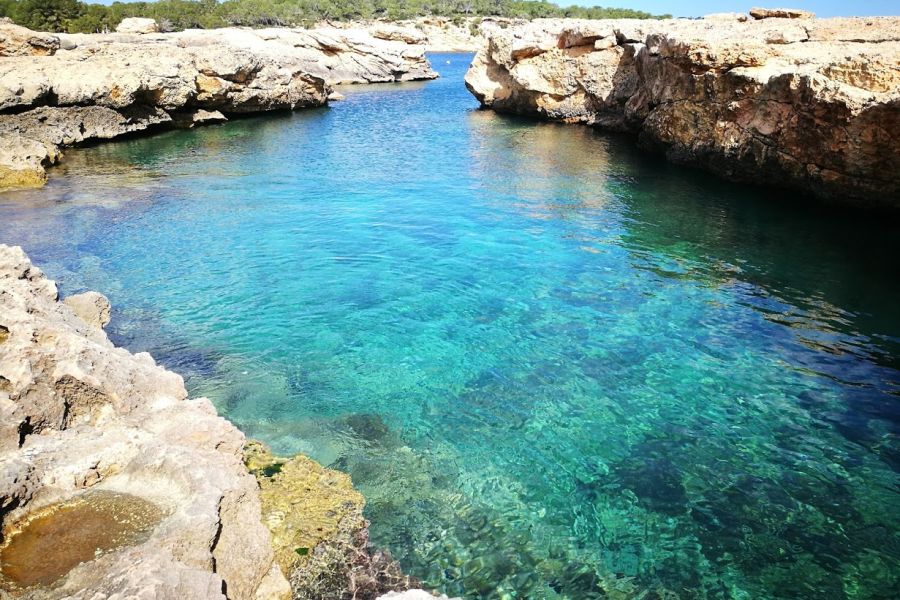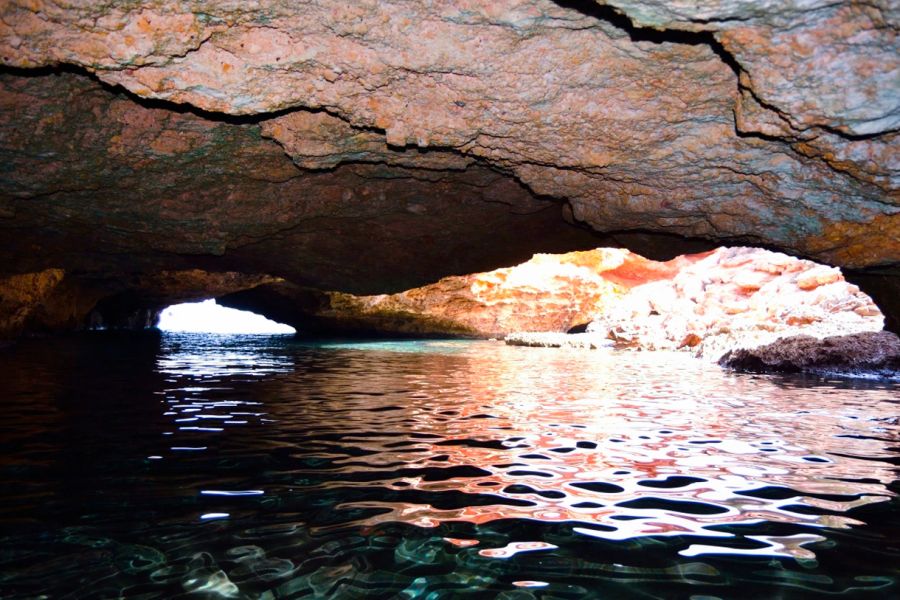Sa Conillera, which is literally translated from the Ibizan dialect as ‘The Rabbit Hutch’, is the largest island in the Ponent island group. It is one mile in length and is located just five nautical miles from the port of Sant Antoni. Its coordinates are: 38°59’3.03”N, 1°12’45.41”E.
At first glance, it may seem like a dry, rugged and inhospitable landscape, but the island is home to an ecosystem of great environmental value.
There's actually a sign in one of its small bays warning that disembarking on the island is not allowed as it’s a protected area, as well as the reasons.
Sa Conillera has a large lighthouse with a circular base and a cylindrical tower that began operations in 1857 at the northern end of the island at an altitude of 60 metres above sea level. Standing 20 metres tall, it’s been guiding sailors with its unique group of four flashes every 20 seconds with a nominal range of 18 nautical miles.
The lighthouse and its adjacent outbuildings are visible from the sea and are a clear reminder of the role of lighthouse keepers—a job that is no longer relevant due to automation, but which was of great importance in the past to keep this vital light signal in good working order.
The Sa Conillera Lighthouse brought together the families of the lighthouse keepers, who spent long periods of time cut off from everyone else due to the inclement weather that kept them isolated on this inhospitable island, and who communicated with the outside world by using mirrors or hoisting white flags. At present, there's a winding path that leads from one of the secluded bays to its white tower.
Sa Conillera has been a source of stories, myths and legends that further add to its mystique. There’s an old local legends that claims that King Hannibal of Carthage was born in one of its caves. There was a fleet of imperial ships sailing in the vicinity which had to find shelter on the island due to a severe storm. The pregnant mother of the future king of the Carthaginian empire that crossed the Pyrenees and the Alps with elephants to fight against the Roman Empire itself at the gates of Rome in the Second Punic War was aboard one of the ships. The story is somewhat implausible though, as documented sources say he was actually born in Carthage. There is no doubt about the history of this island, with the archaeological finds of Roman galleys sunk off its coasts. Despite the passing of the centuries, they've remained intact, buried amidst the sandy bottoms beneath its deep waters. The island itself is a place of utmost peace and quiet as not many people can be found around it. Its turquoise-green waters and its shelters from the wind would tempt anyone to drop anchor here. In times of storms at sea, it offers welcome shelter. The island’s sea beds has a wonderfully rich ecosystem, as the gradient of its underwater features will let you enjoy a short stay in one of the many small bays around it provided the subsidiary rules for nature reserves are followed.
Other locations
Stay up-to-date with what's new with us
Subscribe and leave us your email address to stay up-to-date with our news, what’s new and deals.






